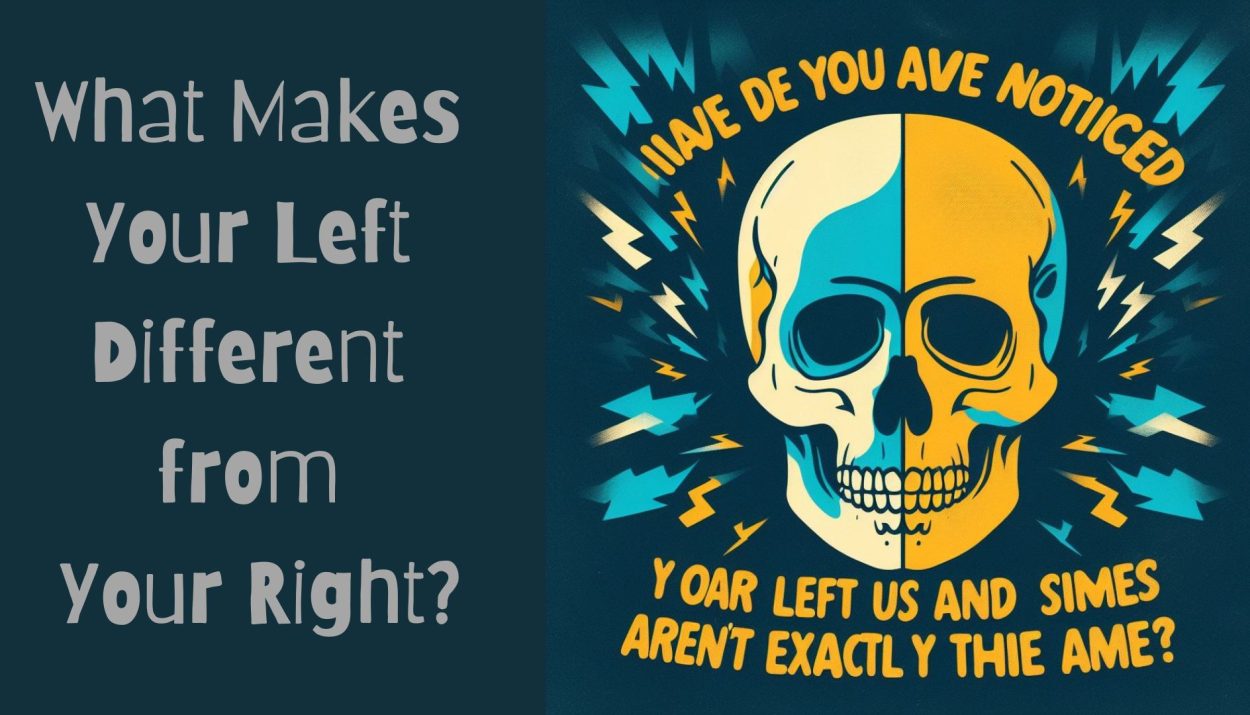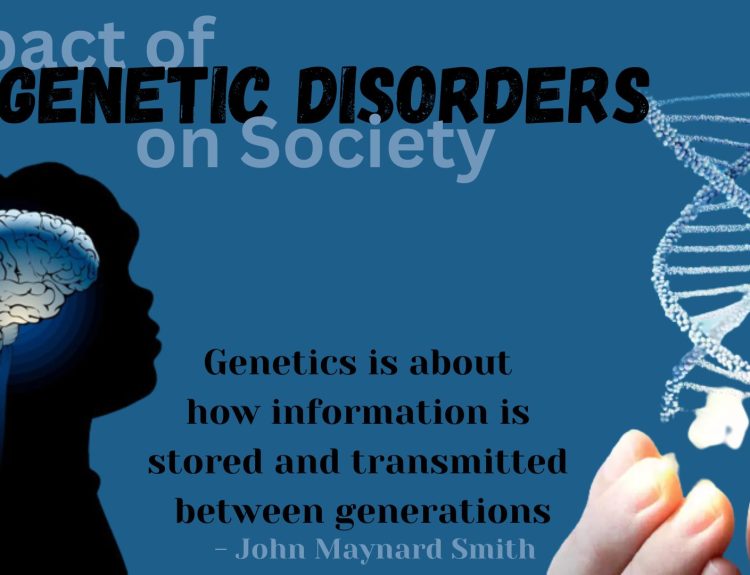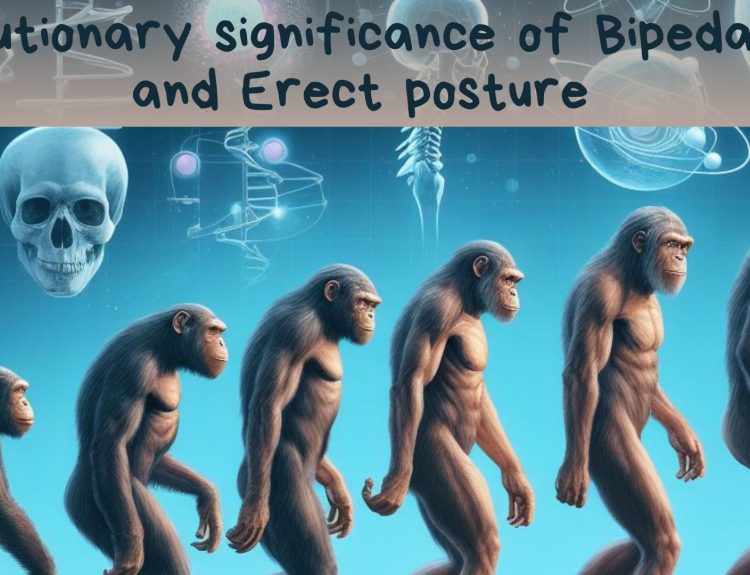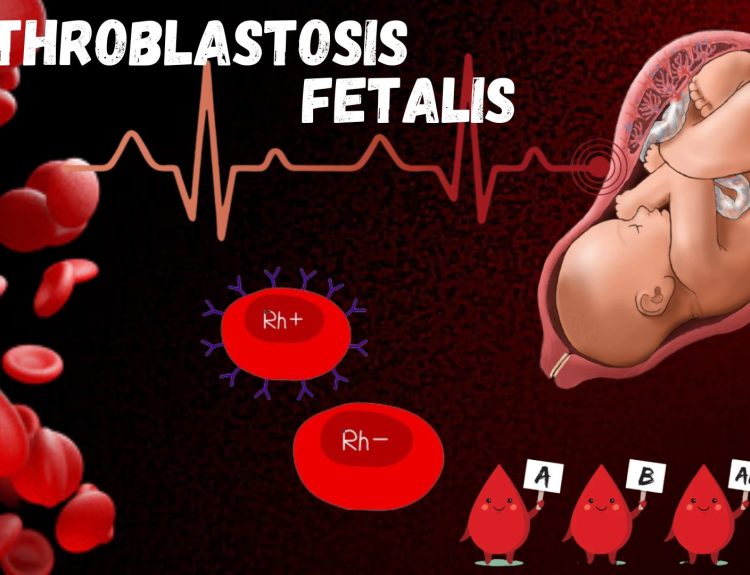Have you ever noticed that your left and right sides aren’t exactly the same? Most of us have some degree of asymmetry in our bodies. This intriguing phenomenon has puzzled scientists and anthropologists for centuries. In this article, we’ll delve into the reasons behind the asymmetry in human bodies, exploring the role of genetics, development, and evolution.
Asymmetrical, according to the Merriam-Webster dictionary, means having two sides or halves that are not the same.
Many of your vital organs display an inherent asymmetry in their placement. For instance, the heart, stomach, spleen, and pancreas are primarily situated on the left side of your body, while the gallbladder and a significant portion of your liver are located on the right side. Even your lungs exhibit disparity, with the left lung possessing two lobes and the right lung having three.
Genetic Factors
Our journey into understanding the asymmetry in human bodies begins with genetics. Our genes play a significant role in determining our physical characteristics. While some of our genes code for traits that are meant to be symmetrical, such as our eyes or limbs, others code for traits with a certain level of asymmetry.
Hox Genes: Hox genes are responsible for controlling the development of an organism’s body plan. They guide the formation of structures and organs, and sometimes, due to genetic mutations, this guidance can lead to asymmetrical outcomes.
Chirality: Chirality, a concept where a molecule and its mirror image exhibit non-identity, can be likened to your right and left hands. At first glance, they may appear identical, but the impossibility of fitting your right hand into a left-handed glove serves as a tangible reminder of their inherent dissimilarity. This molecular-level asymmetry is manifest in the form of asymmetric cells, embryos, and ultimately, asymmetrical organisms.

Developmental Factors
As our bodies develop from a single cell into a complex organism, a multitude of factors come into play. Some of these factors can lead to differences in left-right symmetry:
Differential Growth: Throughout the complex process of embryonic development, a phenomenon known as differential growth comes to the fore as a pivotal factor contributing to body asymmetry. As the embryo undergoes its transformation, certain tissues and structures on one side of the body may exhibit disparate rates of growth compared to their counterparts on the opposite side. This incongruity in growth often leads to pronounced size variations between the left and right sides of the body. This natural process is orchestrated by a myriad of factors, including genetic instructions, molecular signalling, and environmental influences. It can result in variations in organ sizes, limb lengths, or craniofacial features, exemplifying the intricacies of development.
Biomechanical Influences: As we engage in various movements and activities, our bodies can undergo changes leading to asymmetry. Repetitive or unequal muscle usage can cause specific body parts to develop differently, both in appearance and function. Over time, this biomechanical influence may result in variations in muscle size, skeletal alignment, or joint flexibility. This phenomenon underscores the dynamic nature of our bodies and highlights how our physical actions can shape our natural asymmetry.
Environmental Influences: The positioning of an individual in the womb or external environmental pressures can significantly impact the course of bodily development. These external factors wield an influence on the symmetry of our internal organs and physical structures, shaping the way they form and function throughout life. This highlights the role of the environment in the natural asymmetry exhibited by the human body.
Asymmetry in Practice
Beyond the theoretical understanding of asymmetry in human bodies, there are practical implications:
Medical Implications: Understanding the sources of asymmetry is crucial in fields like medicine, where surgery and treatment may need to account for these natural variations. For example, in orthopaedics, comprehending limb length disparities and bone deformities due to asymmetry is essential for effective treatments. Prosthetic design must consider these variations to ensure a precise fit and improved patient comfort.

In plastic surgery, facial asymmetry considerations are paramount for achieving aesthetically pleasing results. Moreover, recognizing organ placement and size variations in individual patients can significantly impact surgical procedures. An awareness of these natural asymmetries allows medical professionals to tailor treatments to each patient’s unique anatomical features, ensuring better outcomes and patient satisfaction.
Forensic Anthropology: In forensic anthropology, analyzing asymmetry can help identify individuals based on skeletal remains, as these unique features can be used for identification. Asymmetrical traits like cranial sutures, joint articulations, and dental patterns are examined to create a biological profile of the deceased. This profile can provide critical information about age, sex, and ancestry.
Furthermore, skeletal asymmetries, such as differences in limb lengths or bone thickness, can aid in creating a more accurate biological profile, which is instrumental in narrowing down potential matches in missing-person cases. Understanding the significance of asymmetry in forensic anthropology is a fundamental aspect of solving mysteries and providing closure to families seeking answers about their loved ones’ fates.
Conclusion
The asymmetry in human bodies is a complex and multifaceted phenomenon, driven by genetic, developmental, and evolutionary factors. Our genes, the developmental process, and the legacy of our evolutionary history all contribute to the subtle variations we see in our bodies. Embracing these differences is a testament to the diversity of the human species and the wonders of anthropology.
References
Why are human bodies asymmetrical?
Cell Chirality Offers Clues to the Mystery of Body Asymmetry
Body Asymmetry: Why Is One Hand or Breast Bigger?
A study of limb asymmetry and its effect on estimation of stature in forensic casework







